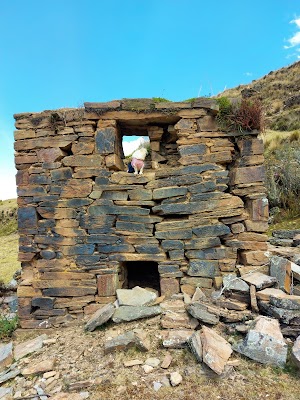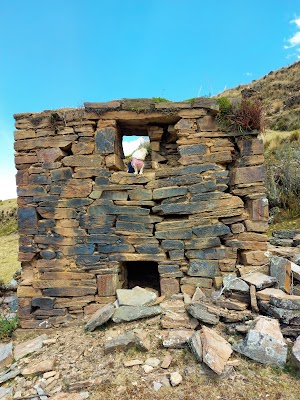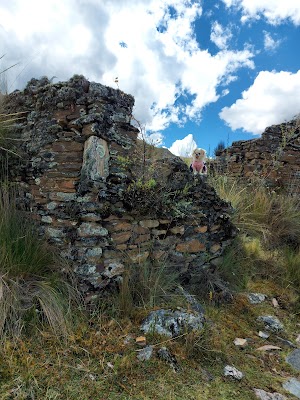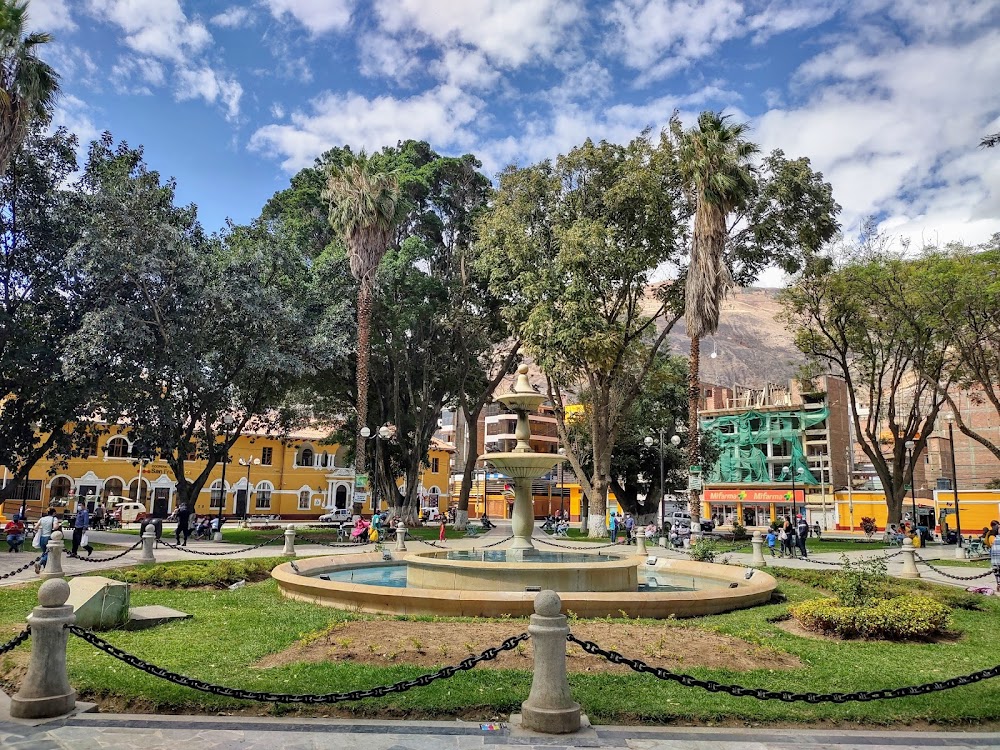Inca Trail to Huánuco (Caminos Inca a Huánuco)
Overview
The **Inca Trail to Huánuco**, also known as the **Qhapaq Ñan – Huánuco Pampa**, offers an enchanting journey that transports travelers back to the vibrant era of the Inca civilization. Nestled in the Andean region of central Peru, this ancient network of roads was a vital artery of the vast Inca Empire, connecting remote settlements, administrative centers, and regions rich in cultural and economic significance.
Huánuco Pampa, perched at an altitude of approximately **3,700 meters (12,140 feet)** above sea level, is a significant archaeological site along the Inca Trail. It functioned as a major administrative and ceremonial center during the reign of the Incas. The expansive site showcases impressive stone constructions, plazas, temples, and storehouses, vividly reflecting the sophisticated architectural and engineering skills that defined Inca society.
The history of the Inca Trail to Huánuco can be traced back to the **15th century**, during the reign of the ninth Sapa Inca, **Pachacuti Inca Yupanqui**. It was Pachacuti who spearheaded a series of military campaigns and infrastructural projects to expand and consolidate the Inca Empire. The trail formed part of the **Qhapaq Ñan**, the Inca road system that, at its zenith, spanned over **25,000 miles**, weaving through the diverse and challenging terrains of the Andes. This particular trail was crucial in facilitating the movement of armies, resources, and information across the empire.
Visiting the Inca Trail to Huánuco offers a unique blend of adventure and cultural immersion. Travelers can walk in the footsteps of ancient messengers, known as **'chasquis,'** who raced along these paths carrying important messages and goods. The trail meanders through breathtaking Andean landscapes, crossing high mountain passes, lush valleys, and picturesque rural communities where descendants of the Incas still reside.
One of the most remarkable features of **Huánuco Pampa** is the **Great Kallanka**, a massive 60-meter-long hall that stands as a testament to Inca architectural prowess. This monumental structure is believed to have been used for gatherings and state ceremonies, highlighting the administrative and social importance of the site. Adjacent to the Kallanka lies a vast plaza that can accommodate thousands of people, further underscoring the site's role as a focal point for Inca societal events.
A compelling aspect of Huánuco Pampa is its ingenious **water management system**. The Incas were masters of hydraulic engineering, and this site features an intricate network of canals and aqueducts that directed water from nearby sources to meet the needs of its inhabitants. These systems not only provided water for daily use but also played critical roles in agricultural activities and religious rituals.
For modern adventurers, walking the Inca Trail to Huánuco is an exploration of both history and nature. The trail showcases diverse flora and fauna, with unique wildlife and plant species inhabiting the Andean ecosystem. Birdwatchers can delight in spotting Andean condors, hummingbirds, and a variety of other avian species as they trek through this rich natural heritage.
The best time to embark on the Inca Trail to Huánuco is during the **dry season**, which runs from **May to September**. During these months, the weather is more predictable and conducive to trekking, with clear skies offering spectacular views of the surrounding landscapes. While the entire trail can take several days to traverse, shorter sections and day trips are available for those with limited time.
Travelers planning this adventure should come equipped with appropriate gear, including sturdy hiking boots, warm clothing, and sufficient supplies of water and food. Acclimatizing to the high altitude is crucial to avoid altitude sickness; thus, spending a few days in the region before commencing the trek is highly recommended.
Beyond the Inca Trail and Huánuco Pampa, the region of **Huánuco** itself offers a wealth of cultural experiences and natural attractions. The nearby **Tingo María National Park**, with its lush Amazonian flora and fauna, provides additional opportunities for exploration and adventure.
Ultimately, the **Inca Trail to Huánuco** is not merely a hike; it is a profound journey through time and nature. It encapsulates the spirit of the Inca civilization and offers a tangible connection to the past, making it an unforgettable experience for anyone interested in history, culture, and the great outdoors. As you traverse these ancient paths, you will undoubtedly marvel at the enduring legacy of the Incas, whose influence continues to resonate throughout the Andes today.








